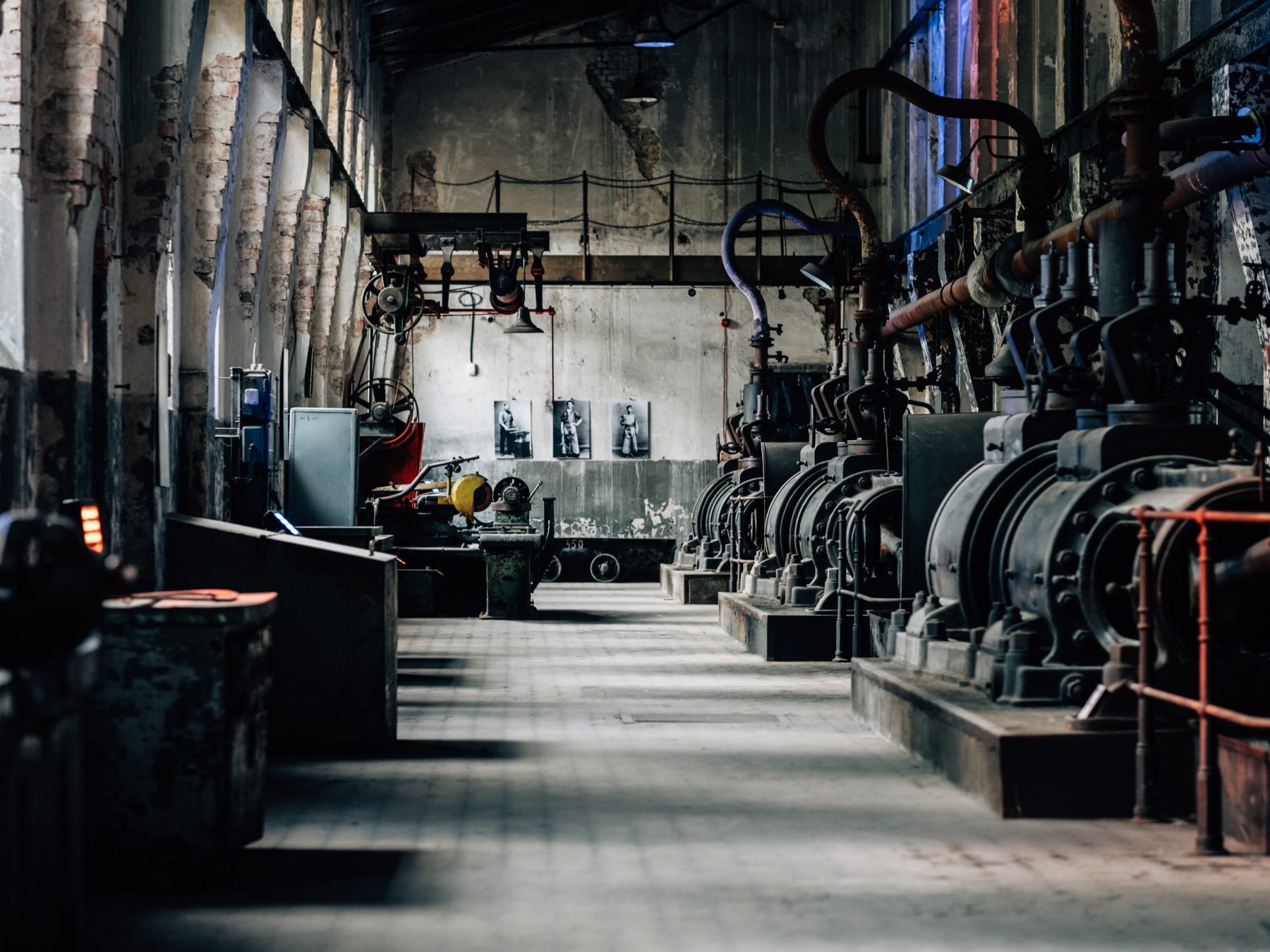The Green Rot Phenomenon

MICC Ltd recommendations on green rot phenomenon exhibited in Type K thermocouples used in heat treatment applications with hydrogen atmosphere and operating at high temperatures exceeding 900 °C
Issue
Thermocouples recovered from a customer site were exhibiting large negative drift, open circuit and upon inspection had become very brittle, in places broken and exhibited so-called “green rot”.
The application was an annealing furnace operating at 1050 °C with a hydrogen atmosphere.
Green rot corrosion
Green rot is a type of corrosion that occurs on the positive leg of a type K thermocouple (and type E) if two conditions are met:-
- application temperature of approximately 800 – 1100 °C and
- the thermocouple is exposed to the low concentration of oxygen environment (for example, steam, reducing or cyclically reducing and oxidising atmospheres, or stagnant atmosphere within a protection tube)
The name “green rot” is derived from the greenish shimmering colour forming on the positive leg.
The cause of it is the selective oxidation of chromium, and related to it, chromium depletion in the surrounding area, which occurs in the NiCr alloy of the positive leg of the thermocouple. The negative leg material is not affected.
The consequence of this change in chemical composition of the positive leg of the thermocouple is a drift of the measured value caused by decreasing thermoelectric voltage. This effect is accelerated if there is a shortage of oxygen (reducing atmosphere), since a complete oxide layer, which would protect it from further oxidation of the chromium, cannot be formed on the surface of the thermocouple.
The problem sets in slowly as the wire degrades. If it is not discovered in time, measuring errors of tens of degrees can occur. In extreme cases, assuming the wire does not break, negative measurement errors of 50°C or more may be found. The thermocouple calibration is permanently disrupted by this phenomenon.
In addition to the negative measurement errors the thermocouple wire will exhibit brittleness and eventual failure.
Recommendations
In order to provide a solution for the customer the following solutions were recommended (set out in order of cost, technical solution and ease of implementation)
- keeping of the dewpoint in hydrogen or cracked ammonia atmospheres below -42℃
- changing to the use of type N for the thermocouple pair. The type N (NiCrSi-NiSi) thermocouple has an advantage in this regard due to its Silicon content. A more robust protective oxide layer forms on its surface under the same conditions due to the silicon..
- the use of Type K thermocouples which incorporate sacrificial titanium wires to delay the reaction
- introduction of additional oxygen into the Type K protection tube through the positive overpressure from a suitable air supply
- introduction of an inert atmosphere into the Type K protection tube through the positive overpressure from a suitable inert gas supply
- the use of Type S thermocouple but it will require a ceramic sheath
